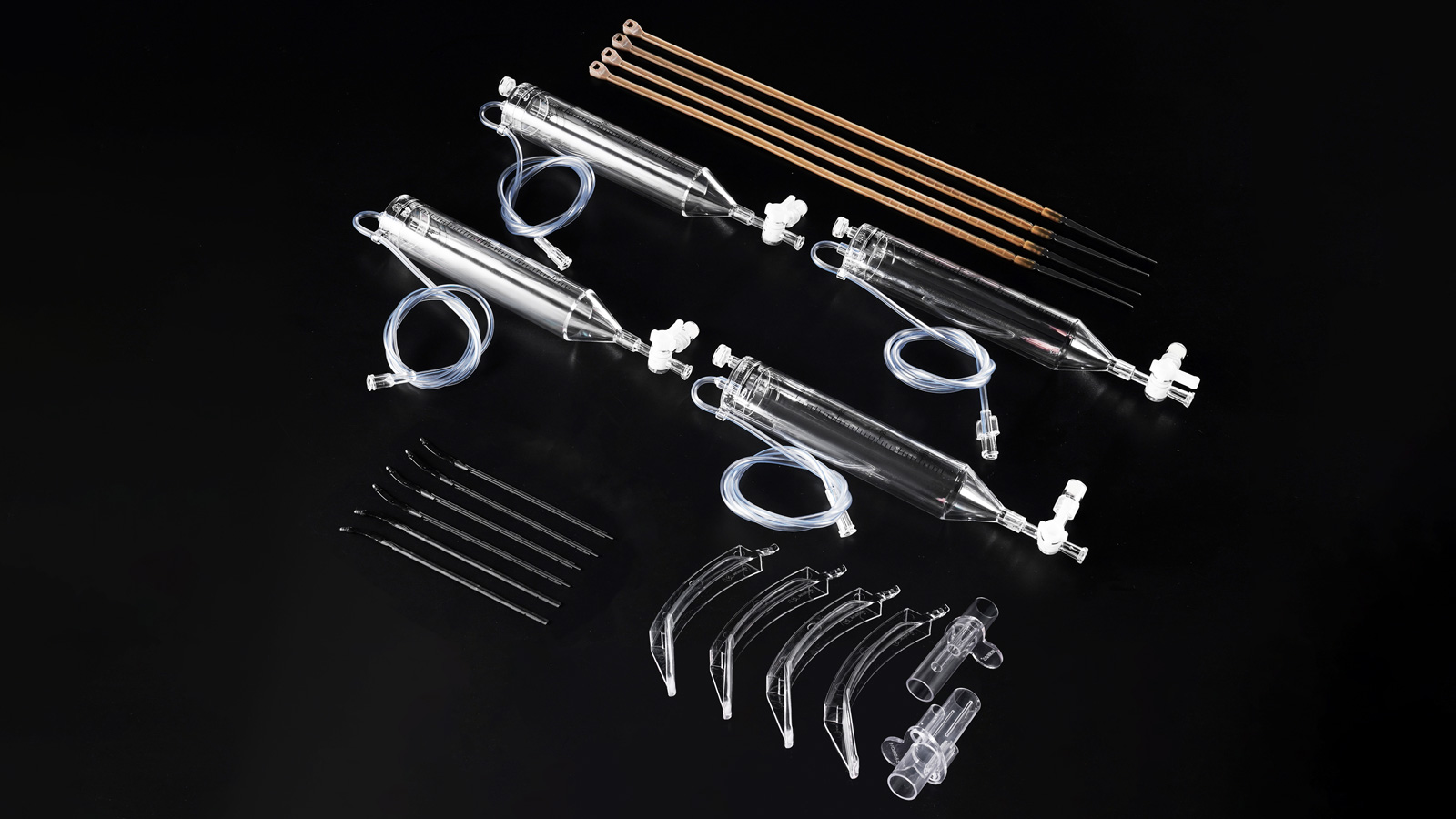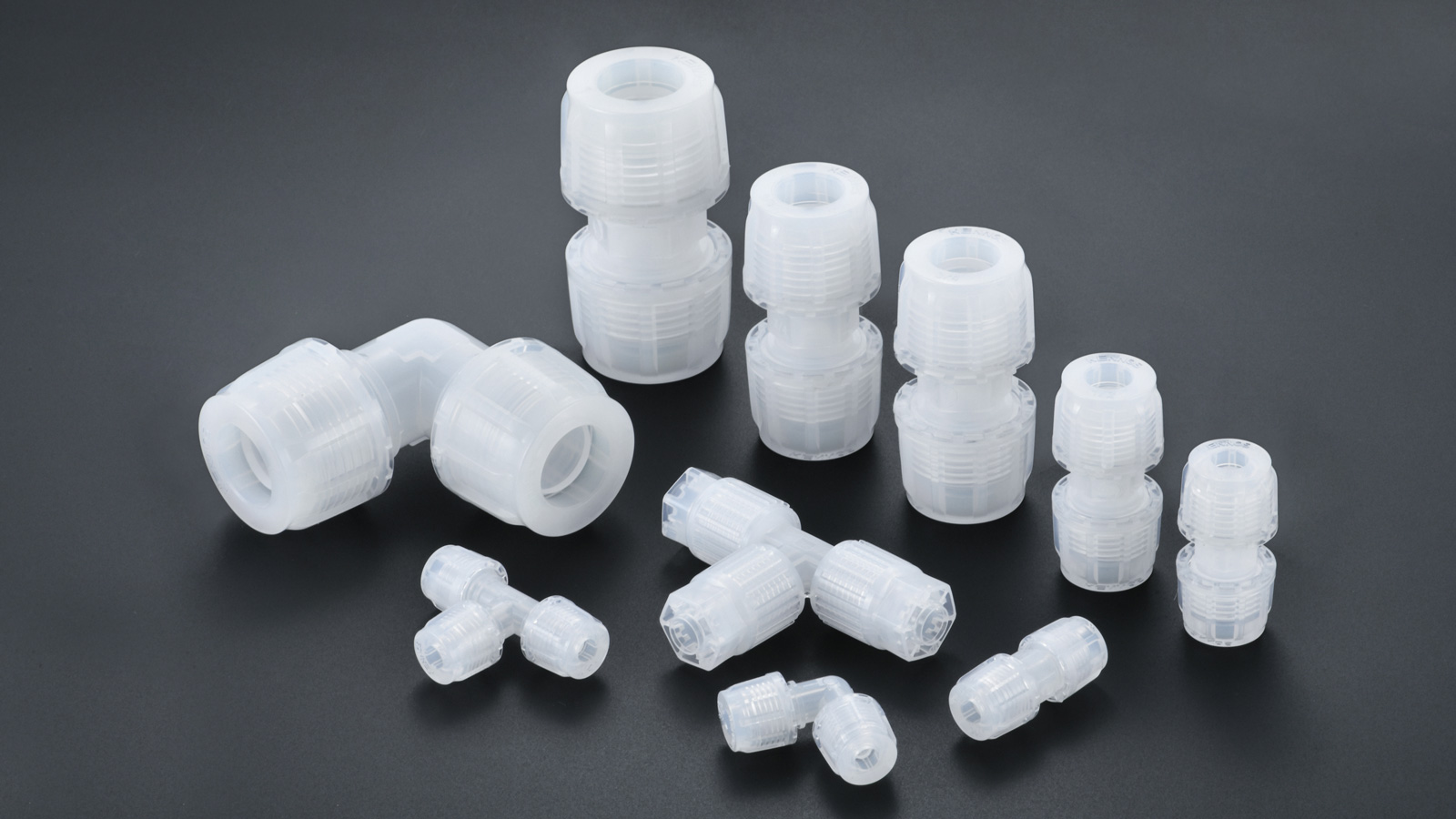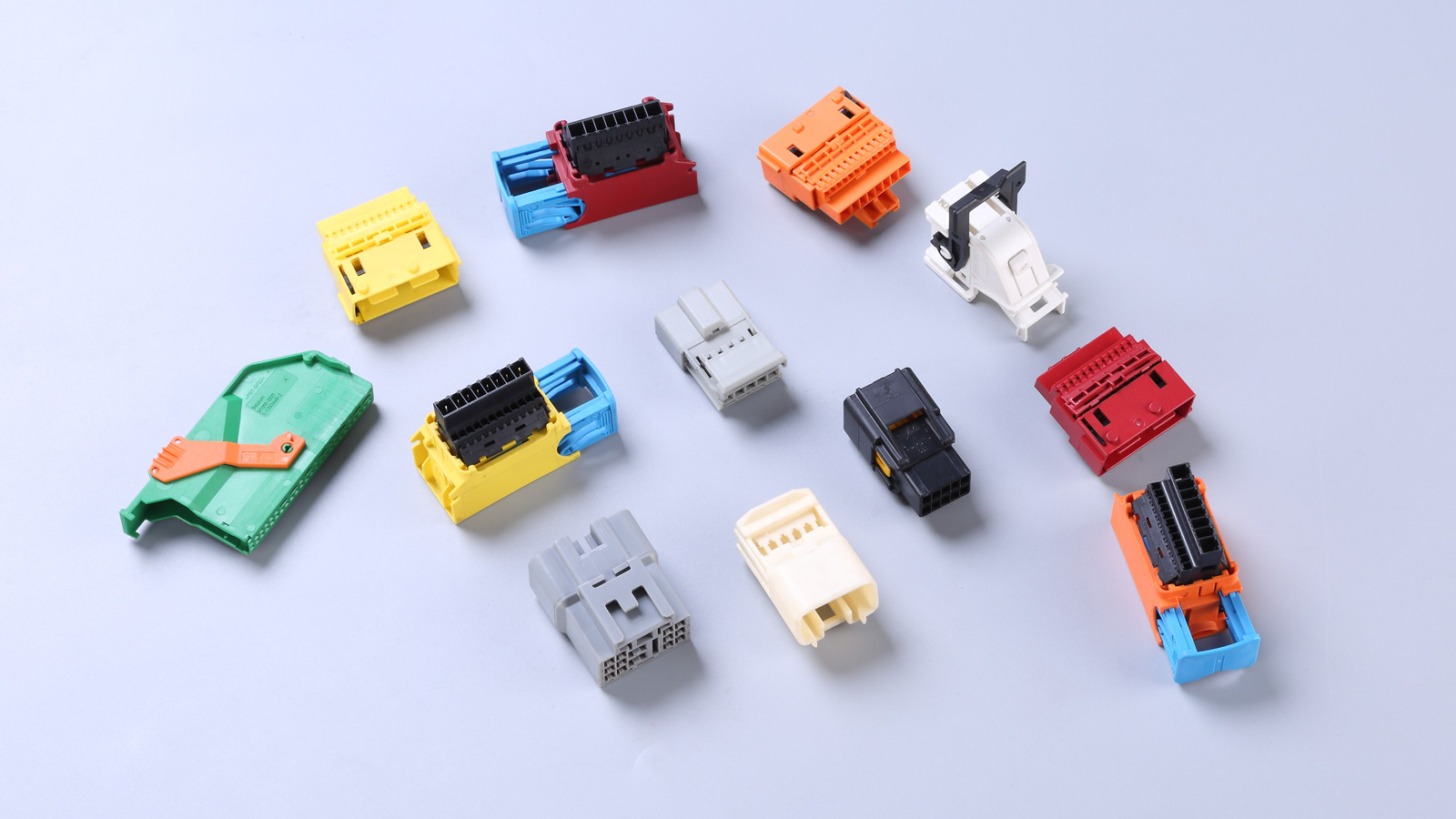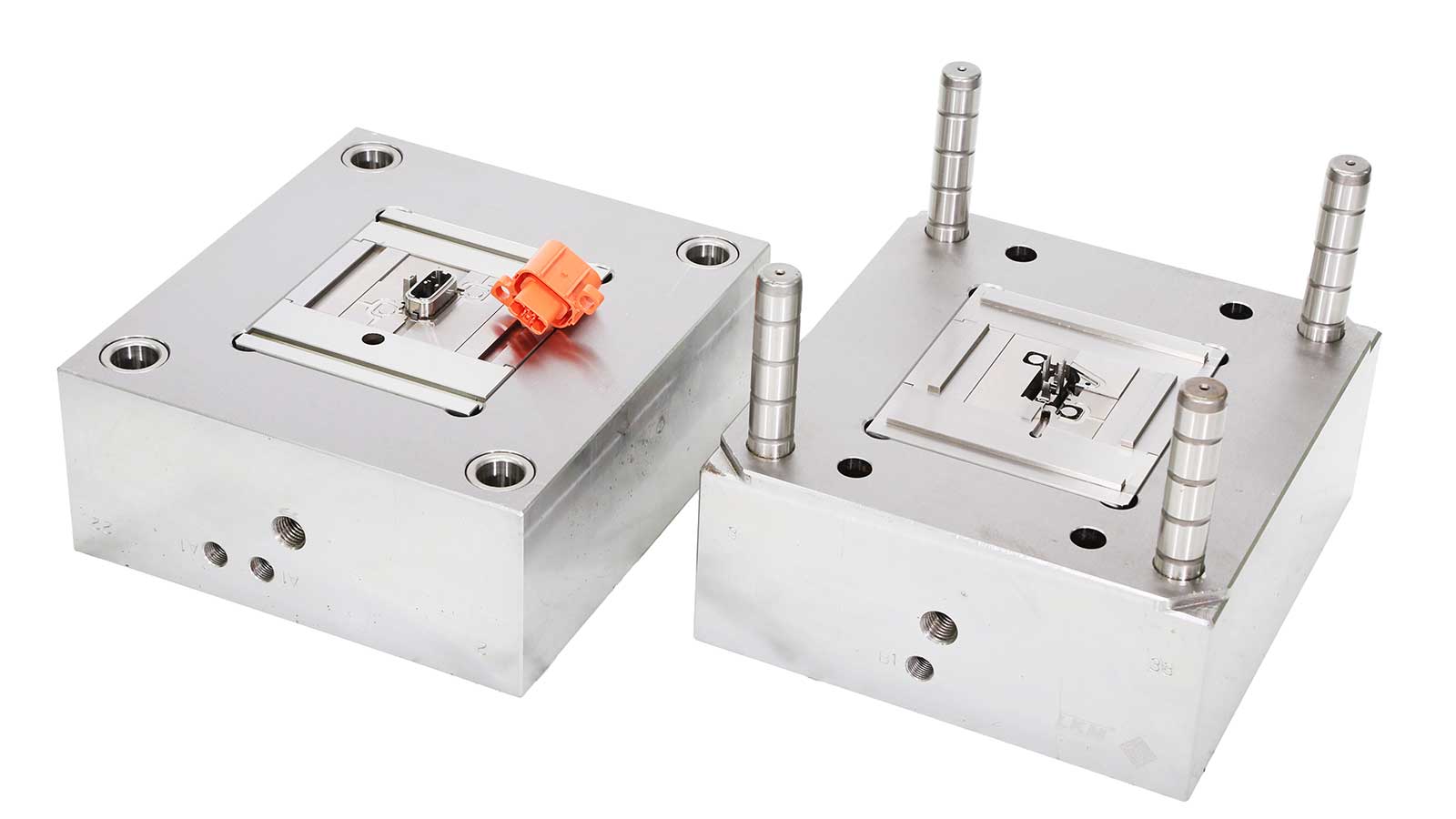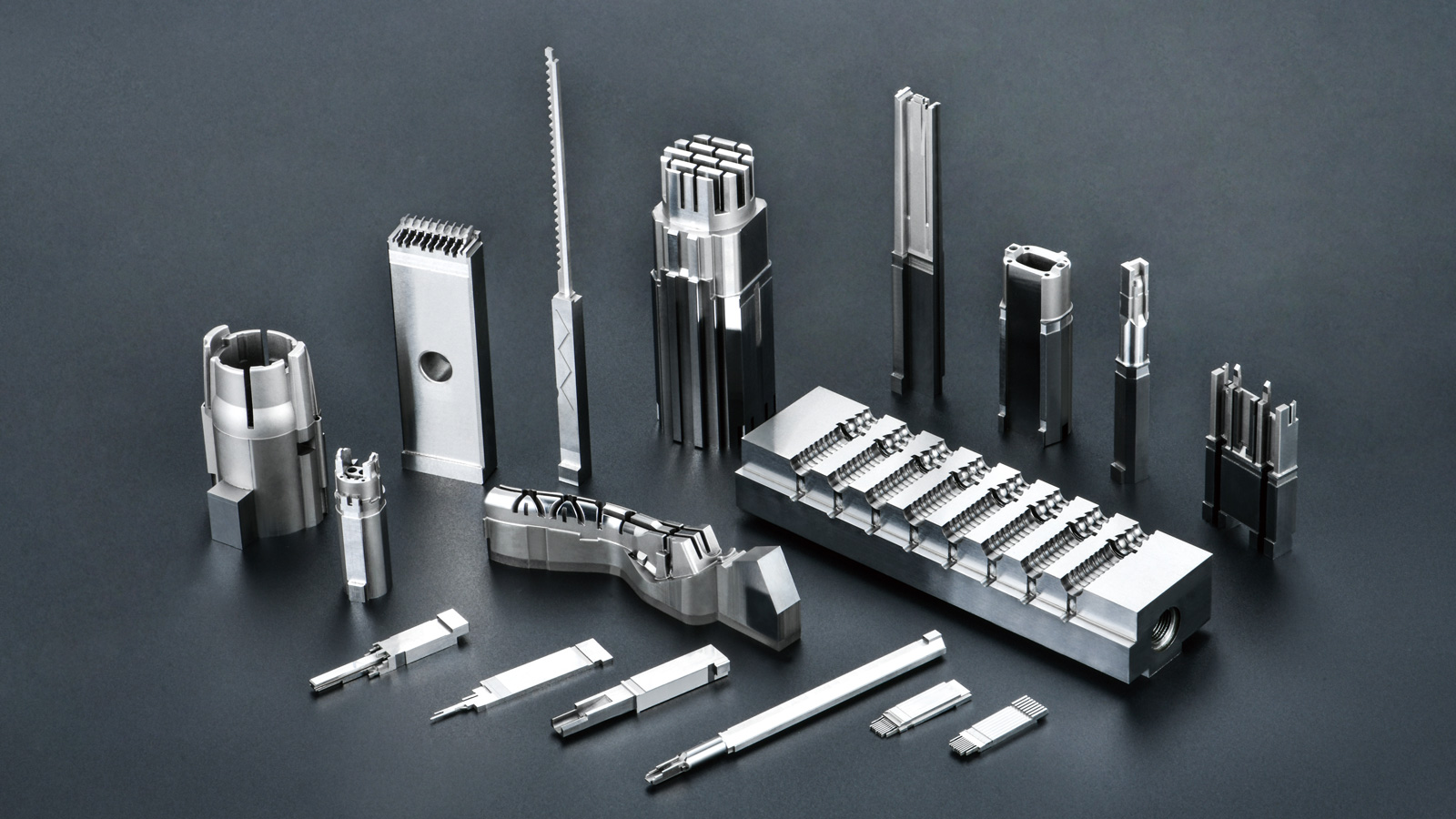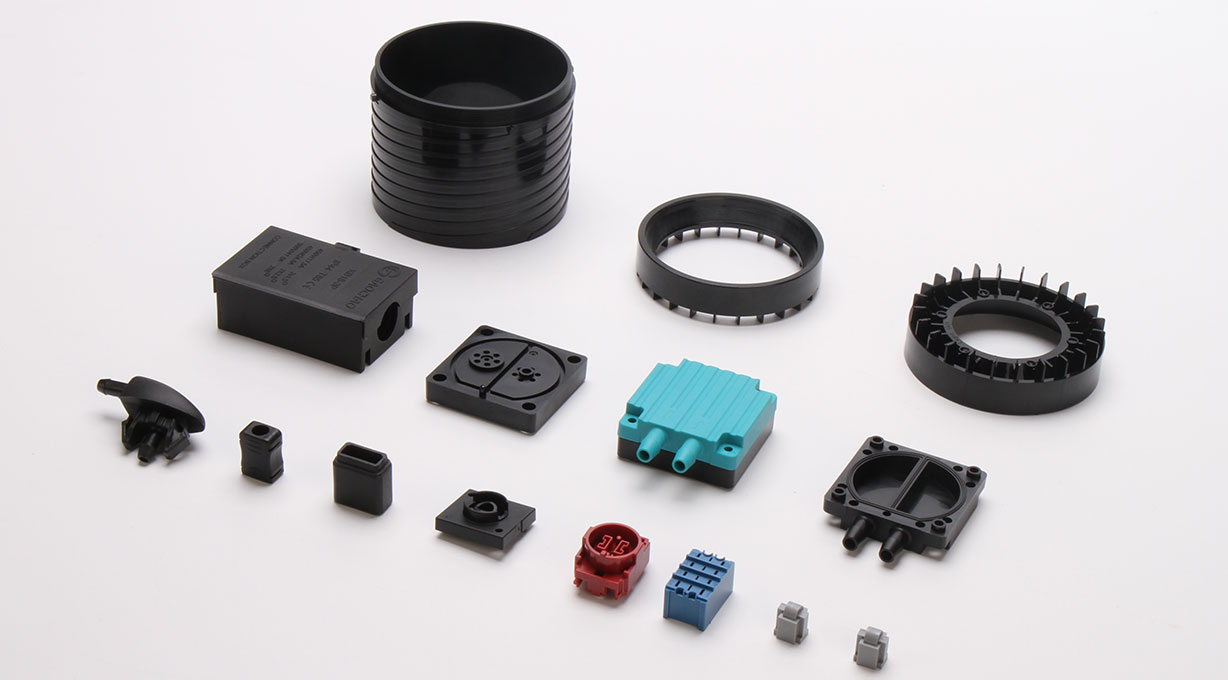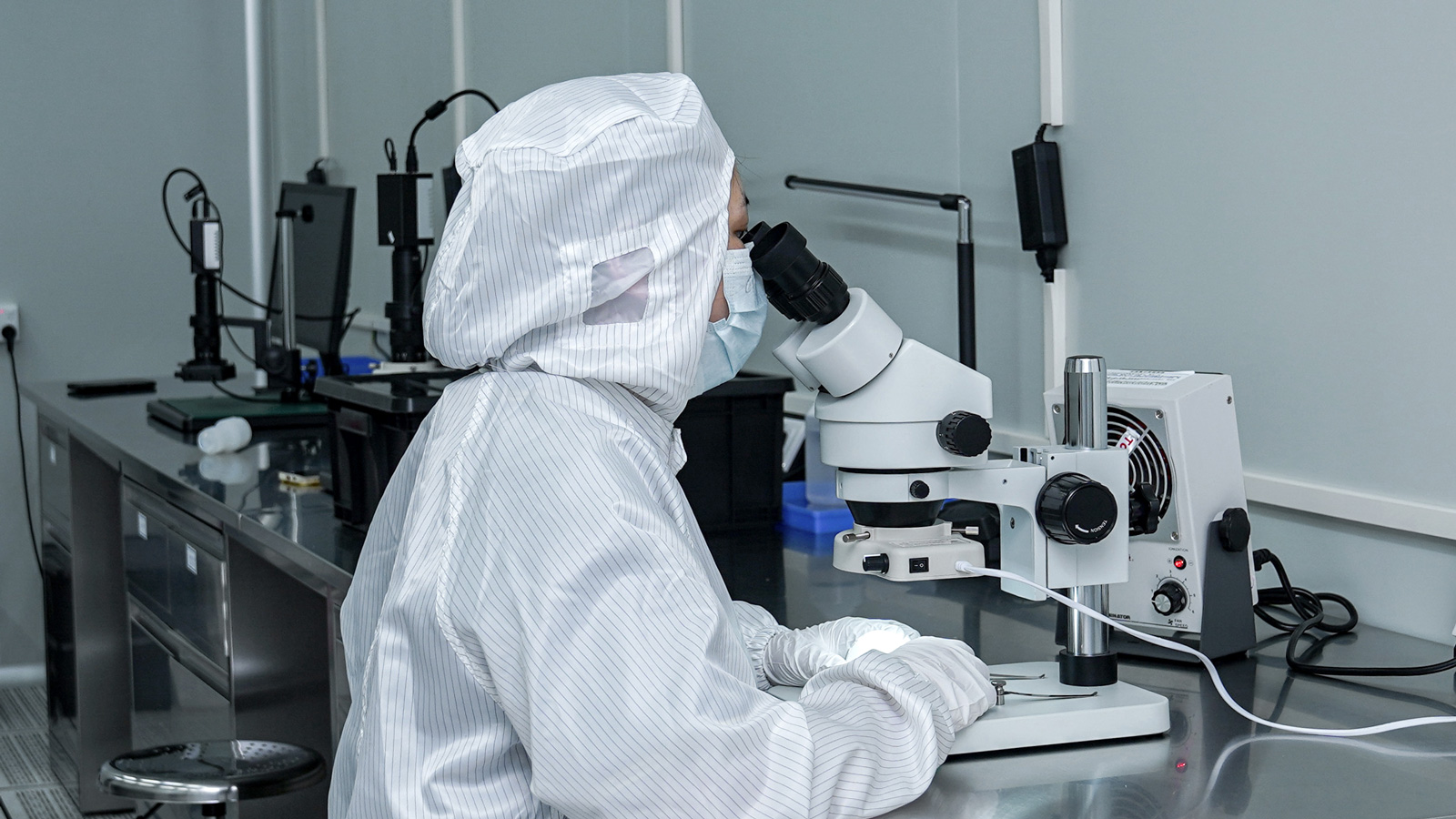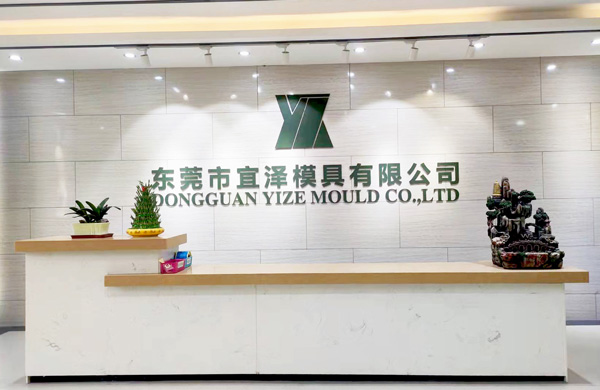In the field of engineering plastic product manufacturing, the design and application of molds are becoming increasingly complex and diverse. Reasonably and effectively controlling mold temperature has become a key link in ensuring product quality and production efficiency. Except for some products with simple structures and low technological requirements, the temperature control system should be given high attention in various applications. The following will introduce in detail the methods for properly controlling mold temperature.
Mold Design Stage: Laying the Foundation for Temperature Control
Mold design is the first step in temperature control. When the injection weight of the designed mold is small but the overall mold size is large, heat transfer within the mold structure becomes crucial. At this time, the flow path of the mold coolant needs to be carefully planned to ensure it is smooth and unobstructed.
When connecting the coolant pipes, the use of quick-connect couplings should be avoided as much as possible. This is because quick-connect couplings may create obstacles at the connection points, affecting the flow of the coolant and thus interfering with the uniform distribution of mold temperature. Suppose pressurized water is chosen as the mold coolant. In that case, the accompanying hoses and manifolds must be capable of withstanding high pressure and high temperature to prevent cracking, leakage, and other problems during long-term use, ensuring the stable operation of the cooling system.
In addition, selecting an appropriate temperature controller is also very important. The data sheet of the temperature controller should indicate the type of coolant and the corresponding flow rate requirements so that operators can set the parameters accurately. Meanwhile, thermal insulation materials should be used between the mold and the cavity plate of the molding machine to reduce heat loss and improve energy efficiency.
For the mold core and cavity, it is best to adopt different temperature control systems. This is because the core and cavity play different functions and face different thermal environments during the injection molding process. Using different temperature control systems can provide more precise temperature regulation for them according to the actual situation, resulting in different cooling temperatures during mold operation and meeting the molding needs of different parts of the product.
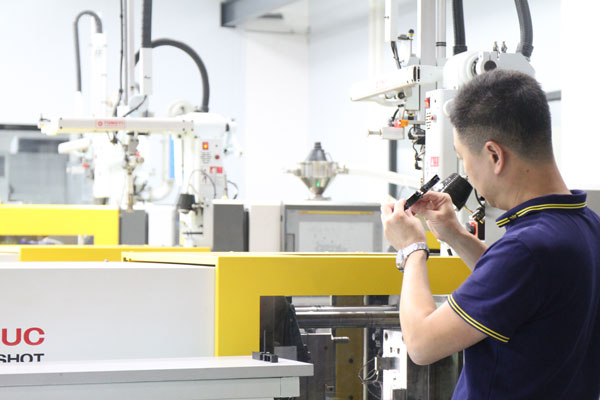
Temperature Measurement and Adjustment: Ensuring Accurate Mold Temperature
Accurately measuring the actual temperature of the mold surface in contact with the plastic is the premise for adjusting and optimizing the temperature control system. There are usually two ways to measure temperature: one is to use thermocouples inside the mold, and the other is to use a handheld thermometer.
No matter which measurement method is used, the surface probe of the thermometer must have a fast response capability to capture changes in temperature promptly. At the same time, measurements should not be taken at only one position on each surface of the mold but at multiple positions. This is because the temperature at different positions of the mold may vary. By taking measurements at multiple points, a more comprehensive and accurate understanding of the temperature distribution can be obtained.
Based on the measured temperature data, operators can modify and adjust the temperature control system to regulate the temperature to the desired level. Usually, the data sheets of various raw materials provide recommended mold temperature ranges. These recommended temperatures have been verified through a large number of experiments and practices and can enable molded products to achieve the best surface finish, mechanical properties, shrinkage rate, and cycle time, serving as an important reference for ensuring product quality.
Different Part Requirements: Flexibly Controlling Temperature
When molding different types of parts, the requirements for mold temperature also vary. When molding precision, optical, and safety parts, it is generally recommended to choose a higher mold temperature. A higher temperature can enable the molded parts to have a low shrinkage rate, a smooth surface, and uniform material distribution, thereby improving the precision and performance of the parts and meeting the requirements of these high-quality application scenarios.
For parts with relatively low technological requirements, a lower temperature is usually chosen to minimize production costs. However, it should be noted that defects such as surface flaws and uneven internal stress may occur during low-temperature molding. Therefore, during the production process, the strength of the test parts should be strictly tested, and it should be confirmed that their various performance indicators meet customer requirements to ensure that product quality is not affected.
In conclusion, properly controlling mold temperature is a systematic project involving mold design, temperature measurement and adjustment, and analysis of different part requirements. Only by comprehensively considering all aspects can the mold temperature be kept in the optimal state, providing a strong guarantee for producing high-quality engineering plastic products.
